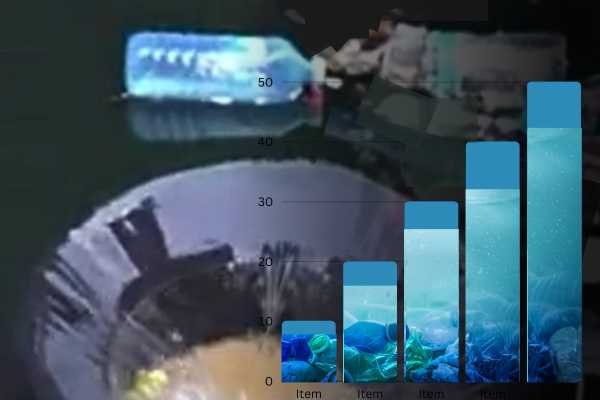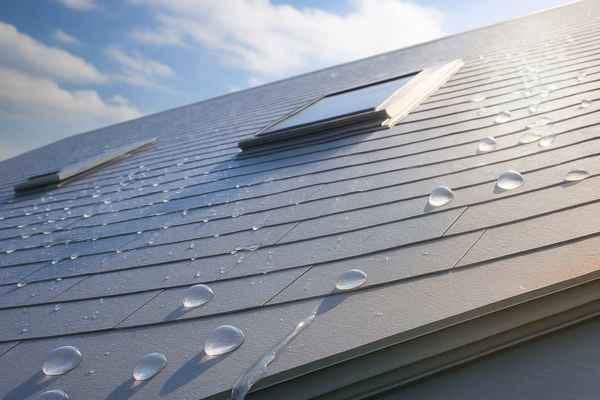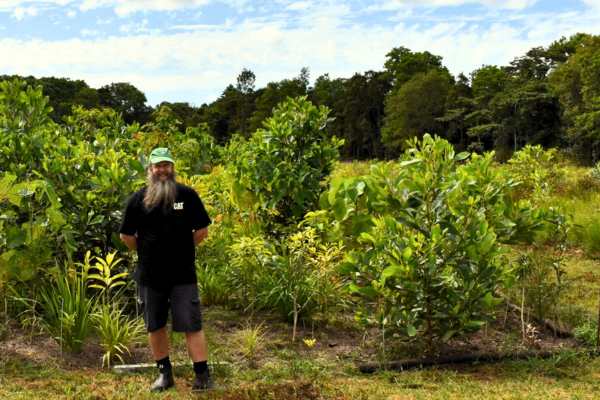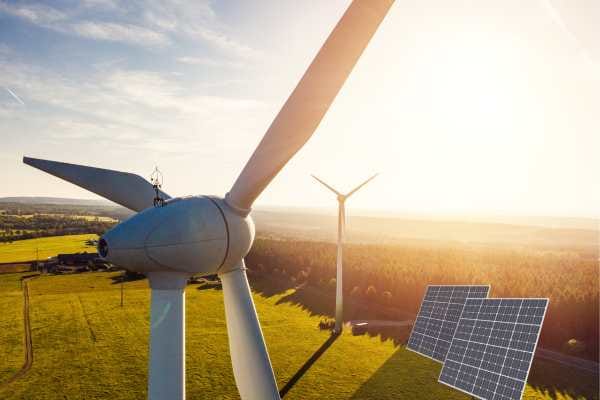Seabin turns trash into data
A new litter monitoring and removal program will study the movement of waste in waterways around Sydney airport.
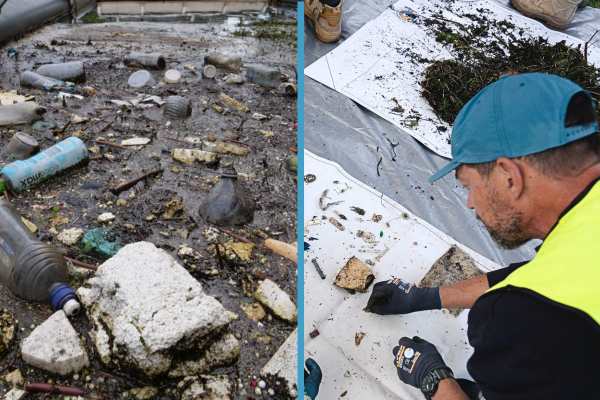
Seabin has joined forces with Sydney Airport in a five-year collaboration to monitor and reduce plastic pollution across the airport’s surrounding waterways.
The Australian enviro-tech company gathers environmental data by filtering waterways for the microplastics and plastic pollution that are collected in its floating seabins.
Seabin says its partnership with Sydney Airport will begin with a 12-month pilot at Engine Pond East and it is then expected to expand to other critical water systems, including the Alexandra Canal and potentially the Cooks River.
Plastic pollution in city waterways remains a major threat to ecosystems, and according to Seabin's Ocean Health Lab, over 31,100 plastic-branded food wrappers floated into its Sydney Harbour Seabin catches in 2024.
The airport trial is designed to support long-term solutions by identifying key sources of waste and to build partnerships to act on the findings, according to Seabin.
Seabin describes its seabins as smart, floating debris interceptors that combine with waste capture, scientific analysis and open-source data sharing to understand how, where, and why plastic waste flows through urban waterways.
"We’re excited to work with Sydney Airport on this trial. Building on our work conducted in Sydney Harbour, this location will further increase our impact in the analysis and removal of litter in Sydney’s waterways."
Seabin says the project will track the types, volumes and movement of litter, then openly share the data to inform collaborative pollution reduction strategies involving local councils, NGOs and the broader community.
“We’re excited to work with Sydney Airport on this trial. Building on our work conducted in Sydney Harbour, this location will further increase our impact in the analysis and removal of litter in Sydney’s waterways,” said Seabin c0-founder and CEO Pete Ceglinski.
Sydney Airport said the initiative fitted into its wider sustainability strategy, with the data being used for ESG reporting, public education, and policy advocacy.
“Our partnership with Seabin goes beyond collecting rubbish – it’s about turning action into evidence, harnessing technology, and working with the community to drive lasting environmental change,” said Sydney Airport's senior manager of environment Rhonda Lenardon.
Seabin and Sydney Airport said they will provide regular updates and invite participation from environmental journalists, policymakers and community stakeholders during key milestones across the five-year program.
A portion of the waste collected will also be scientifically analysed to better understand its makeup and likely sources, with these insights fed into educational programs and community engagement efforts, they said.
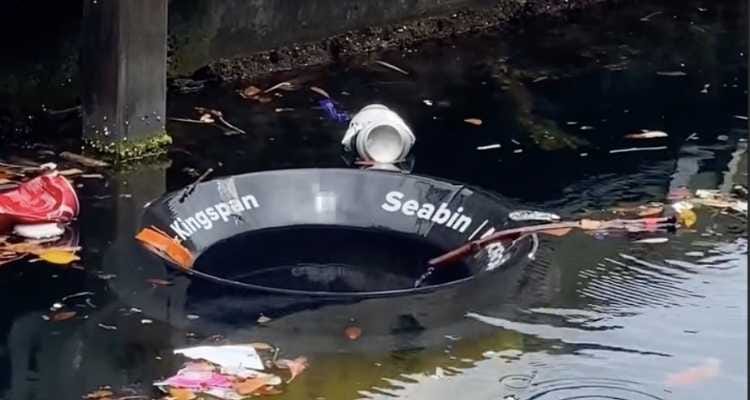
Seabin has developed a water-based waste collection unit developed to capture and remove floating plastics, microplastics, and debris from bodies of water such as marinas, harbours, and urban canals. In this five-year project, Seabin will collect data and physical waste from waterways flowing near Sydney Airport. Remote cameras have already been installed at a long-standing litter trap at Mill Stream, Seabin said, and an AI object-recognition system is in development to enhance future tracking efforts.
Related stories

